Swiss National Park is a relatively small park, located in the Swiss Alps. But even though it isn’t very big, it is a fantastic place to see an amazing collection of animals. In fact, this is one of the best-protected areas in Europe. It is also the only park in the Alps that has been designated as a strict nature reserve by the IUCN.
We’ll discuss some of the park’s most notable animals below and provide a few tips for making the most of your alpine adventure.
The Land of Mammals
Swiss National Park is primarily populated by mammals who have adapted to the land’s harsh climate.
Mammals are some of the park’s most well-represented residents, thanks in part to the cold climate of the region.
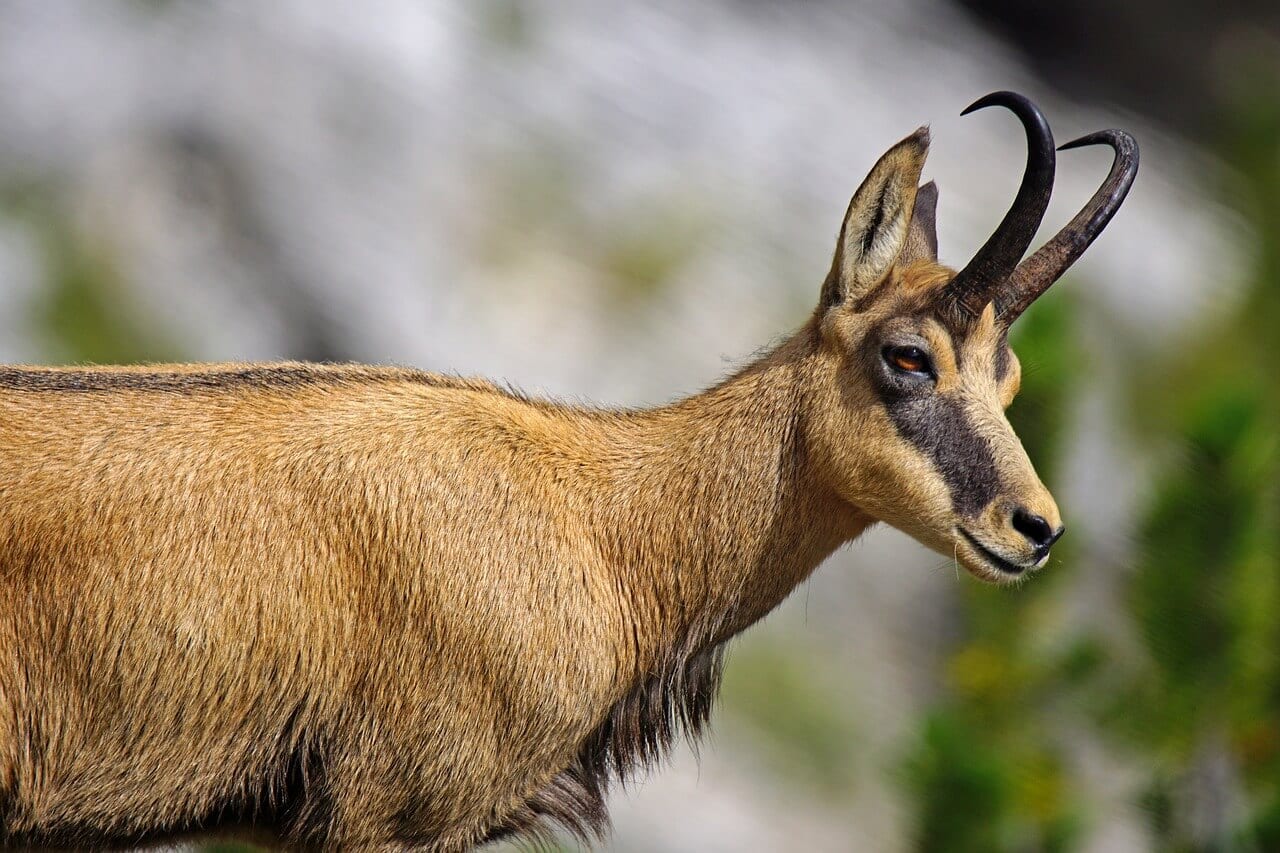
This includes mammals of all sizes, ranging from tiny snow moles to gray wolves. The park is even home to a handful of brown bears. Brown bears were extirpated from the area in 1904, but conservation efforts in surrounding areas have allowed a few bears to colonize Swiss National Park.
Nevertheless, most of the park’s mammals are mid-sized species. Most are larger than snow moles, yet smaller than bears. This includes the horned chamois, which makes its living amid the park’s highest peaks. The marmot – a ground-dwelling squirrel, which inhabits grasslands — is also common in the park.
Cold-Blooded Creatures
Despite the cool temperatures that characterize the region, a few cold-blooded animals live inside the park.
Although reptiles are usually rare in cold climates, Swiss National Park is home to a pair of interesting species.
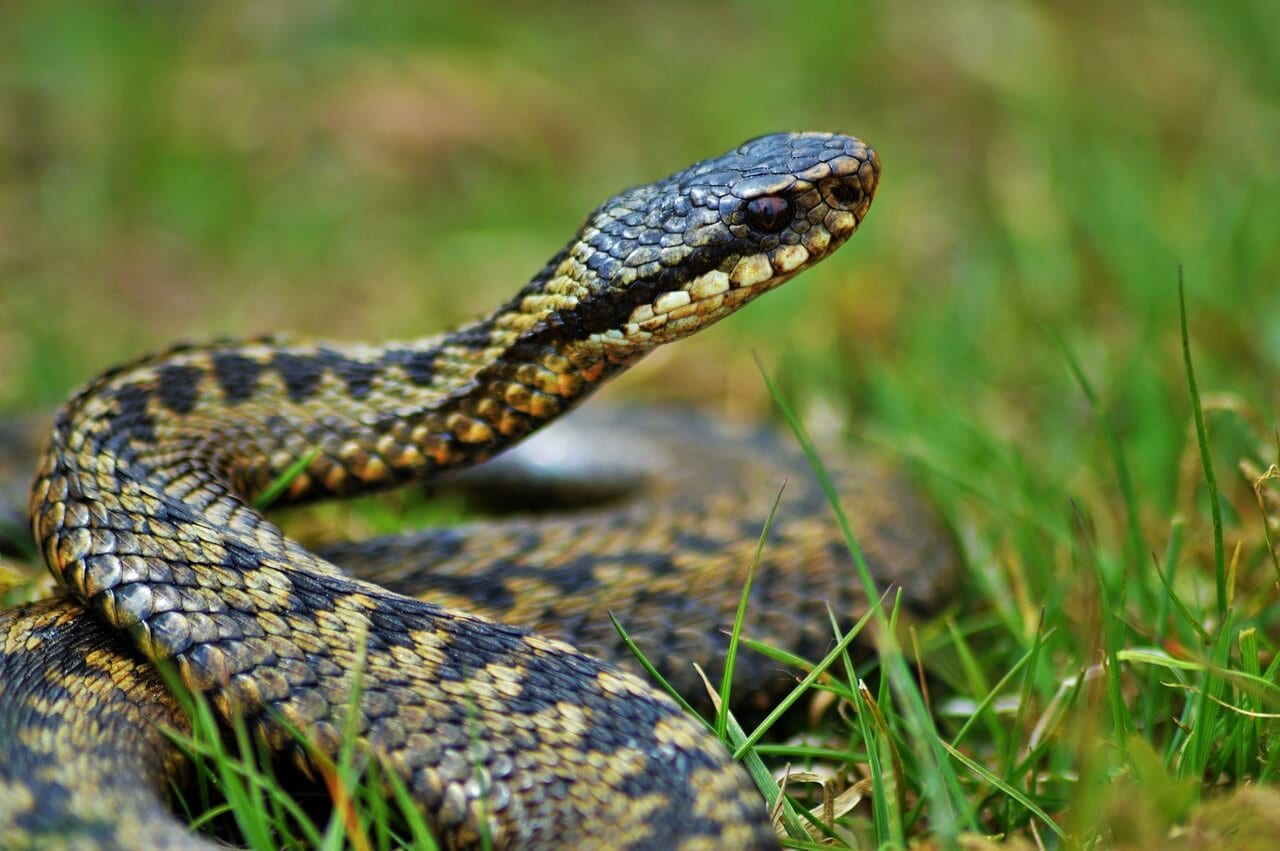
The common lizard is the only lizard species found in the park. The common lizard is a viviparous species, which means that it gives birth to live young. This is a common adaptation among reptiles that live in cold areas, as it allows the mothers to warm the developing young by basking in the sun.
Only one snake species – the northern viper – inhabits the park. These 2- to 3-foot-long serpents are venomous, but they typically avoid contact with humans and are not aggressive. Like the common lizard, the northern viper is also a viviparous species.
Birds of Prey
The Alps provide a glorious backdrop for viewing some of Europe’s most beautiful birds of prey.
A wide variety of bird species call Swiss National Park home. A few of the most notable examples include the nutcracker – a relative of crows that feeds on the nuts of the cembra pine – and the cold-hardy ptarmigan, which is the only bird that lives above the tree-line in the winter.

However, the park’s birds of prey are perhaps the most iconic residents of the region. For example, the golden eagle – often called the “king of the air” – is a large bird of prey, that hunts marmots in the summer. In the winter, they primarily survive by scavenging deer carcasses.
The bearded vulture is also an important species in the park. Bearded vultures are unusual birds, who primarily feed on bones. They can consume small bones easily enough, but they drop large bones from considerable heights, which causes them to break open and expose the nutritious marrow inside.
Back from the Brink
The impressive ibex almost became extinct, but a healthy breeding population calls the park home.
A significant number of the animals that call Swiss National Park home have experienced drastic population declines in the past. It is only because of the efforts of conservationists that many have returned from the brink of extinction.
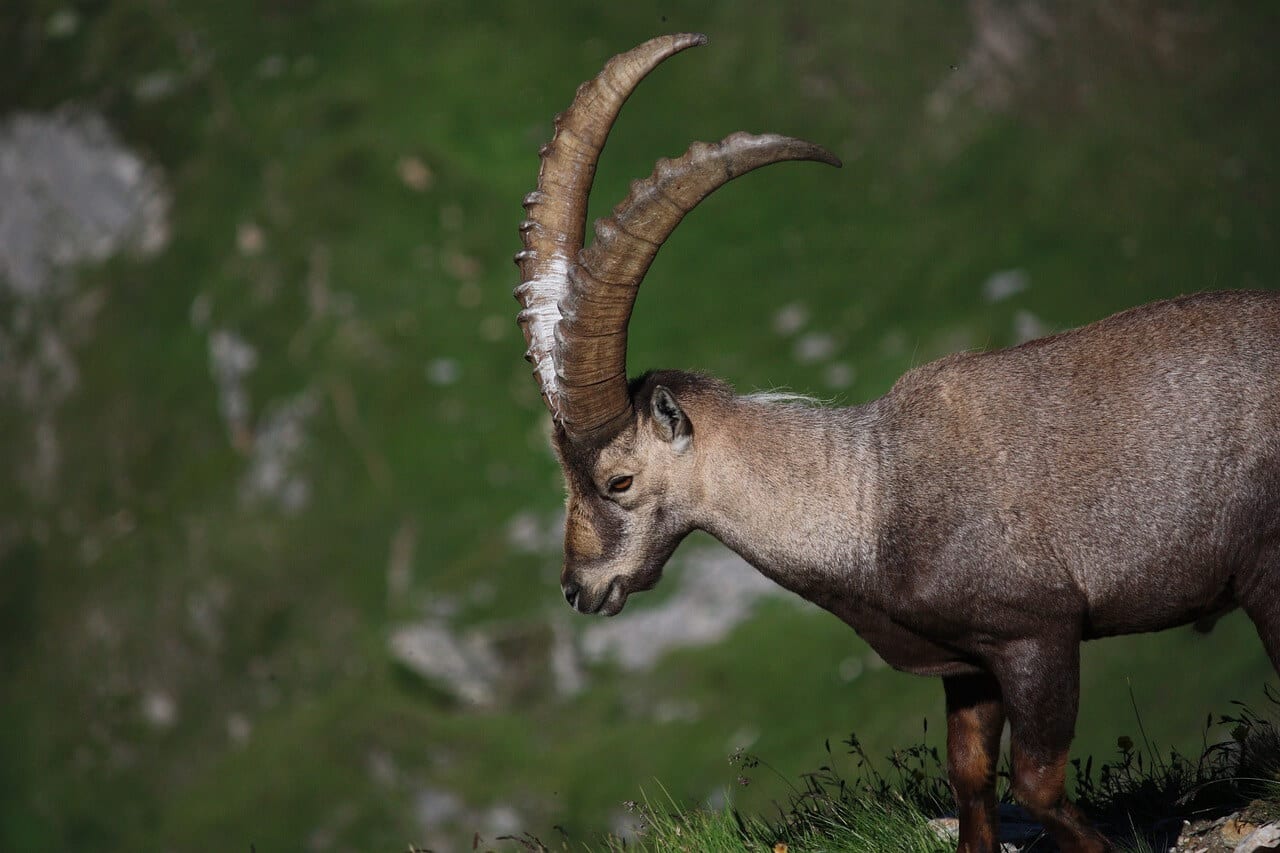
The ibex is one of the best examples of such a species. Graced with long, curving horns, which continue to grow for their entire lives, these hooved animals nearly became extinct at the beginning of the 20th century. However, two of the last remaining individuals were released in Swiss National Park in the 1920s, where they thrived and began breeding.
Currently, scientists estimate that there are approximately 300 ibexes living within the park’s borders. They primarily inhabit the park’s high peaks, where their surprising agility is on constant display.
Wildlife Viewing Tips
Maximize the number of animals you see by following the tips listed below.
Swiss National Park may be home to a variety of different species, but you will need to focus your efforts on the best locations to have a chance of seeing them. Additionally, you’ll need to employ a few helpful strategies for maximizing your wildlife-viewing opportunities. We’ll try to help you do exactly that by providing a few key animal-spotting tips.
- Binoculars are mandatory when visiting Swiss National Park. You will be required to remain on the marked trails while exploring the park, and this often means that you won’t be able to approach the animals you may see. But if you bring a good pair of binoculars, you’ll still be able to see the park’s wildlife up close.
- Consider joining one of the park’s excursions. The staff at Swiss National Park are a wonderful resource for wildlife enthusiasts, and their guided excursions provide some of the best chances to observe wildlife.
- Give yourself plenty of time to see wildlife. Because Swiss National Park is somewhat small compared to some other national parks, many visitors fail to allocate enough time to appreciate all that it has to offer. Instead, give yourself at least one full day to take in the park and explore the different habitats – as well as the resident animals in each – during your adventure.
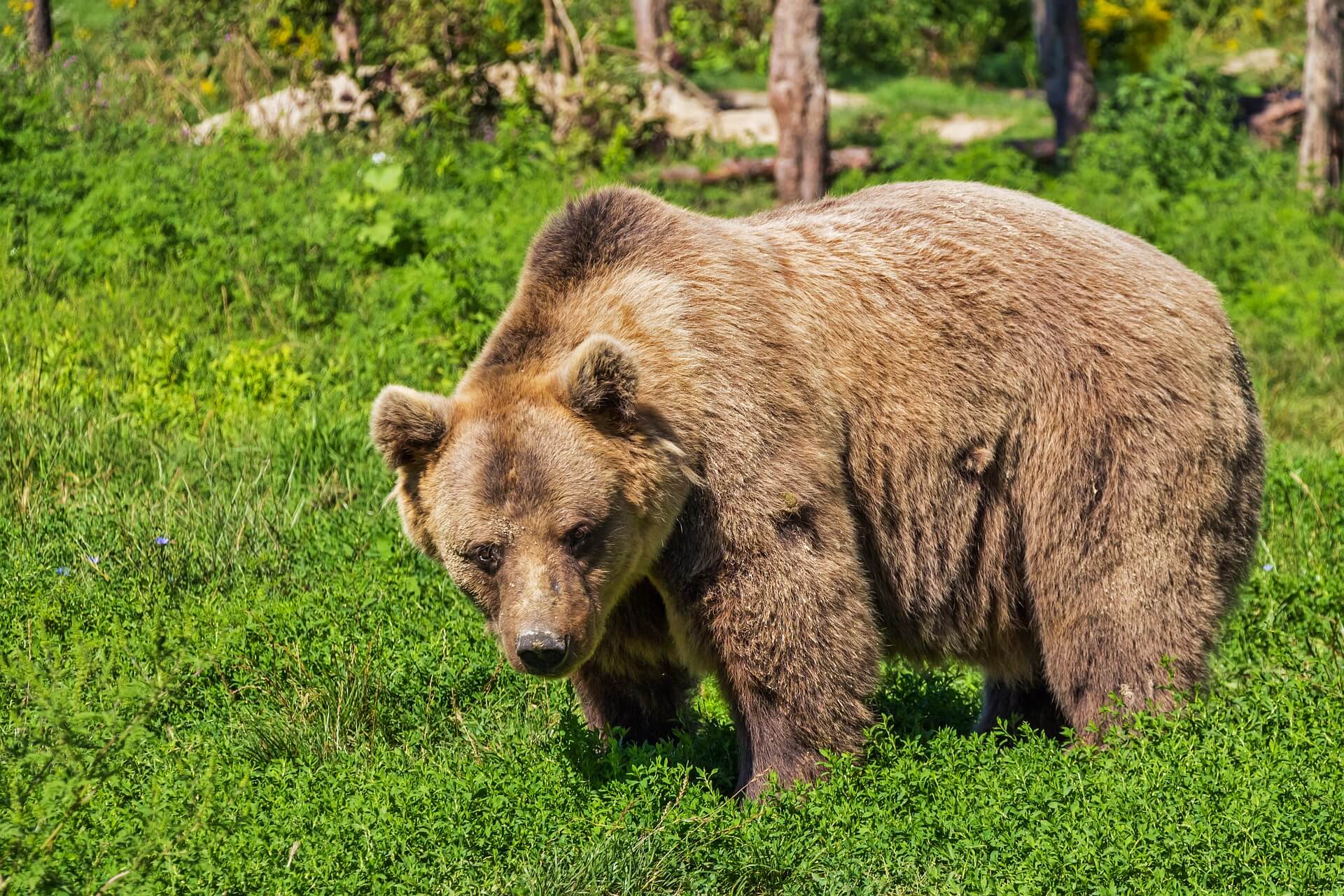
Tell Us About Your Experiences!
Swiss National Park is easily one of the most remarkable protected areas on the planet, and it should appear on every nature lover’s “bucket list.” It’s certainly not one of the easiest national parks to reach for those living in the U.S., but it’s well worth the effort to do so.
Have you ever visited Swiss National Park? We’d love to hear about your experiences. Tell us how your trip went – including the various animals you had the chance to see – in the comments below.


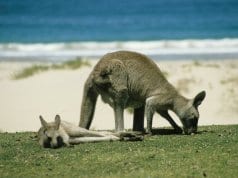
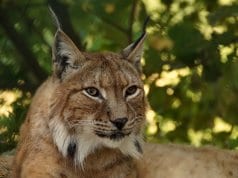
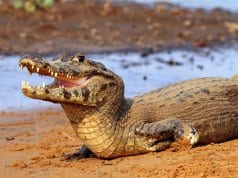
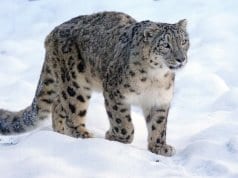
![Red Angus Closeup of a beautiful Red Angus cowPhoto by: U.S. Department of Agriculture [pubic domain]https://creativecommons.org/licenses/by/2.0/](https://animals.net/wp-content/uploads/2020/03/Red-Angus-4-100x75.jpg)

